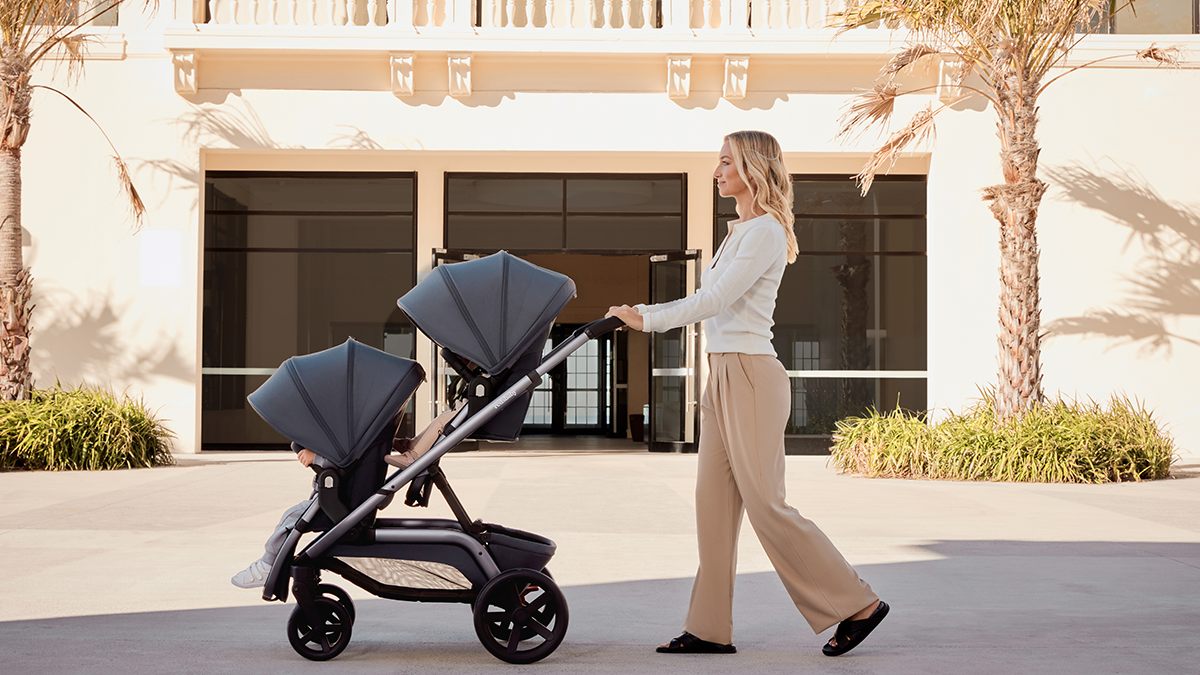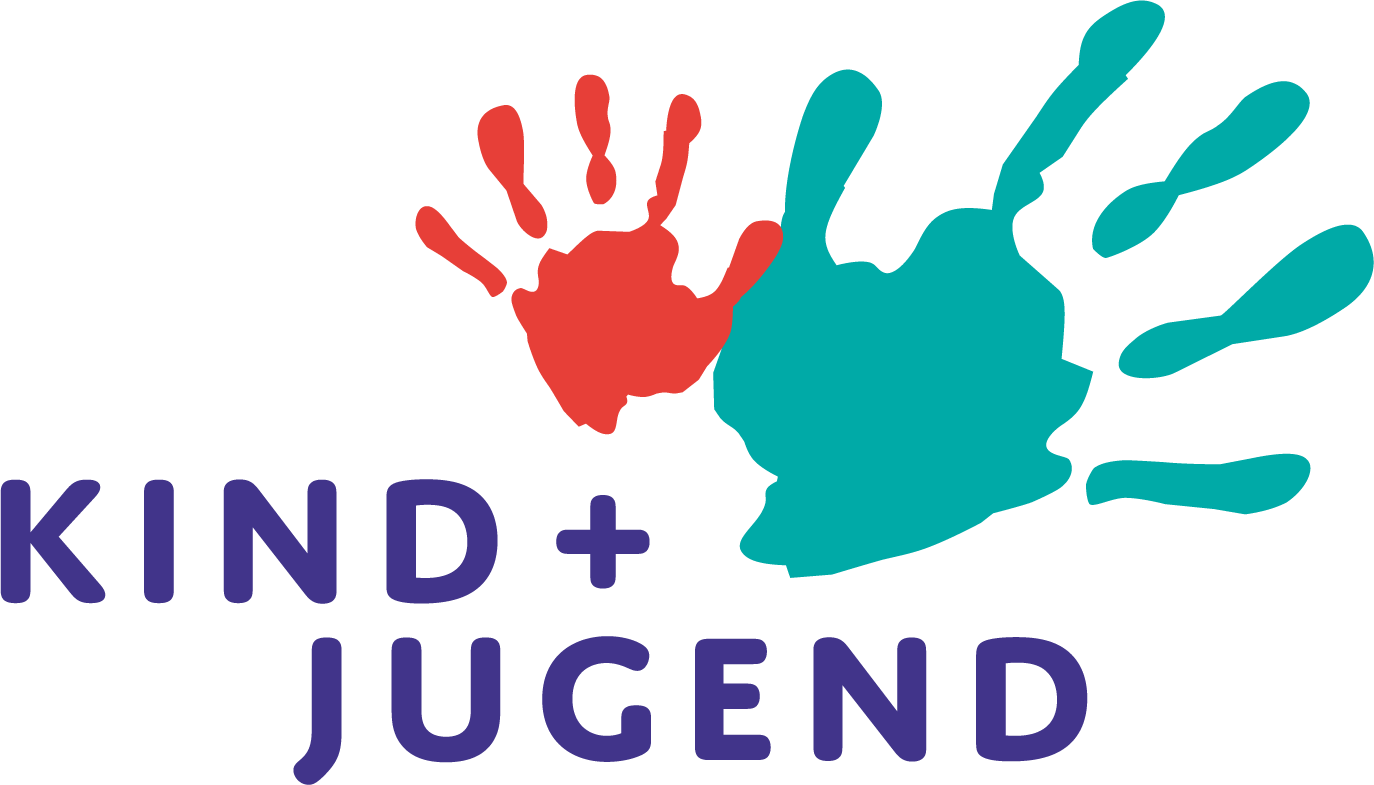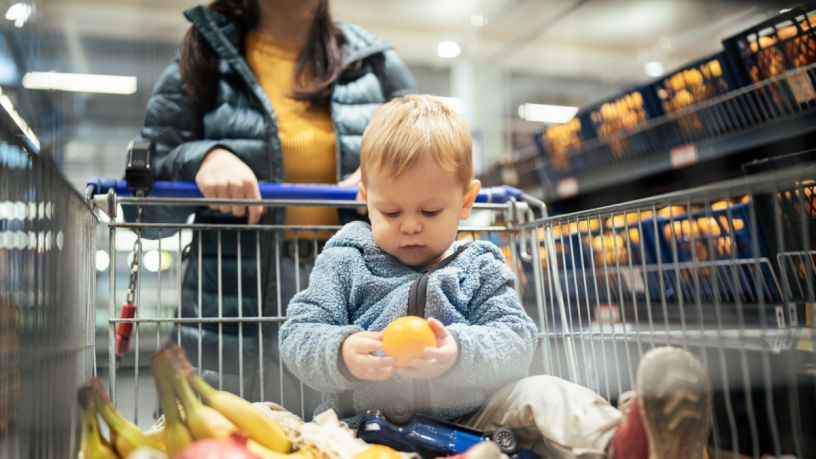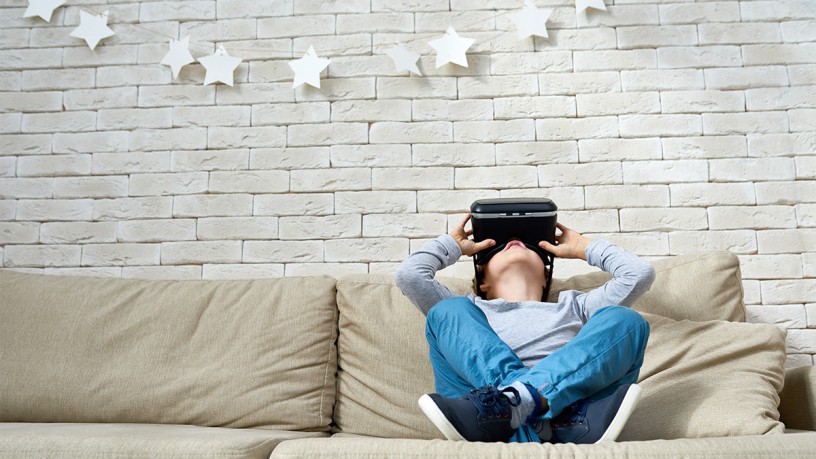Sustainability in Baby and Toddler Equipment: But with Impact, Please!
Sustainable
Sustainability has many faces and by definition includes aspects of economic efficiency, social justice and environmental sustainability. As varied as sustainable measures may be – from the handling of raw materials and resources to the choice of materials for products and packaging, to fair working conditions – they all have one common goal: to conserve our world's resources and leave a future worth living for our children.
So which industry would be more committed to this than ours, whose products are made for these very children and whose target group mostly comes from the environmentally conscious clientele of Millennials? Both big players and young companies are aware of their responsibility for the planet and the next generation(s) and transparently disclose their sustainability achievements and goals. This is good for consumers - and it can be a good signal for the future of our planet: Because where there is open communication, a role model is created that can encourage more and more manufacturers to act sustainably. In this way, sustainability is moving from being a trend to becoming an increasingly important component in customer acquisition.
A Closer Look: Green Brand Approaches
abc Design sets an example against plastic waste and uses fabrics based on the recycling of PET bottles. For one stroller, this corresponds to the amount of up to 100 recycled PET bottles.
In addition to recyclable packaging, UPPAbaby uses soy-based inks for all printing materials and cartons as a more environmentally friendly alternative to their petroleum-based counterpart. A recycled aluminum program for stroller frames is also currently being worked on.
roba'ssustainability strategy is based on the foundation of comprehensive certifications such as FSC and GOTS, Blue Angel and Oeko-Tex, as well as the extensive recycling of consumables and packaging materials.
Arthur Berndtemphasizes the importance of social standards and fair cooperation. The company buildings are heated exclusively with wood residues generated during the production process.
Paidi states that it has already been producing in a climate-neutral manner since 2016 and is classified in the best emission class "A" by the German Quality Association. Wood from environmentally friendly forestry operations and strictly tested varnishes are used.

Recyclable consumables and packaging materials are a popular approach by companies to do more for the environment. (Image: ChayTee)
Good Companies also Have Economic Interests
Are companies also pursuing economic interests by proactively highlighting their sustainability strategies? Most certainly. Is that a bad thing? Not necessarily. Sustainability efforts can be real drivers of innovation; ultimately, customers and the environment benefit equally. However, the "basics" seem to be more decisive for the favor of the target group: According to a survey by the online store littlegreenie, freedom from harmful substances and harmlessness for babies and children weigh more heavily in the purchase decision for sustainable products than the benefits for the environment and better social standards.
For consumers, the practical implementation of the sustainability strategy is of course difficult to monitor; however: the currency of the industry is trust, and so no company can probably afford to be accused of greenwashing. Only those who act "green" in a credible and long-term corporate manner can also count on a more positive perception by the discerning, well-informed Millennials, who often have high purchasing power.
A Matter of Purchasing Power?
It seems to be emerging that consumers are rewarding the efforts of manufacturers and increasingly prefer sustainable products. Provided, of course, that they can afford it: According to littlegreenie, sustainable product lines cost a full 15-30% more than conventional ones.
But a sustainable lifestyle does not have to be a question of money. The trends of second-hand, renting instead of buying, and an ever-increasing selection of multifunctional or grow-along products with long periods of use could turn into the hidden gems of the sustainability movement. Major manufacturers like bugaboo have also recognized this: The well-known brand contributes to the circular economy by offering a repair service and leasing contracts, for example. The environment could also benefit from this in the long term.




